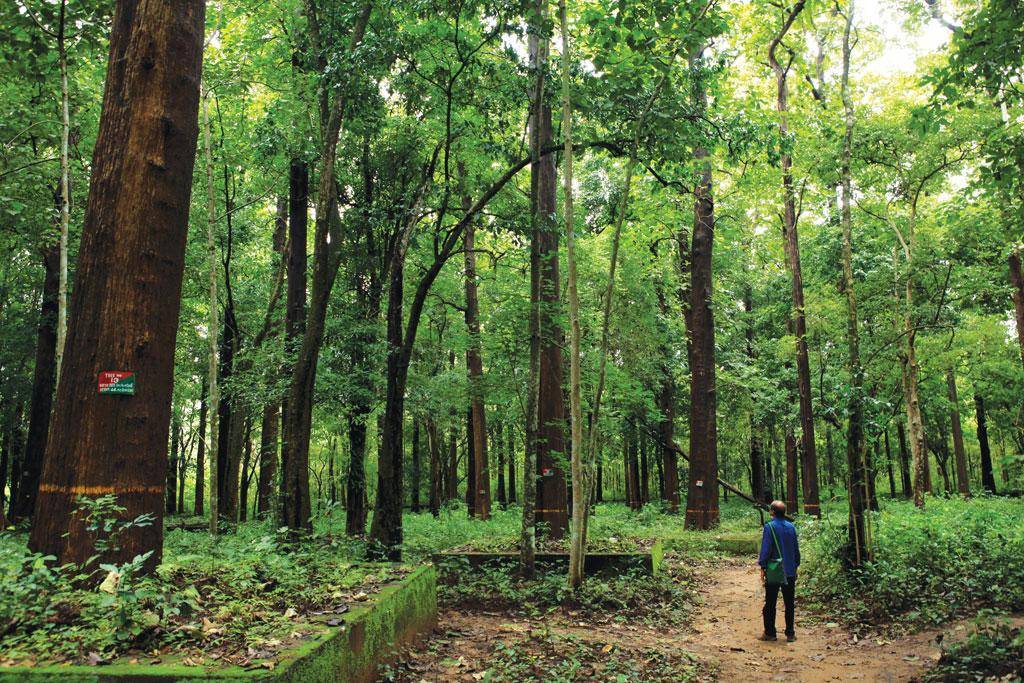
The Karnataka Forest Department has instructed divisional officers not to burn the carcasses of wild animals, with the exception of tigers, in forest areas, but rather to leave them out in the open as food for scavenger birds and animals.
"Carcasses of wild animals (herbivores and carnivores) that died from natural or unnatural causes (including in natural disaster areas) are being burned. However, carcasses play an important role in providing food for various animal and bird species," Vijaykumar Gogi, Principal Conservator of Forests (Wildlife), stated in a circular.
Gogi went on to say that the natural decomposition of carcasses improves soil fertility and increases green cover. "According to recent research, an elephant carcass can increase nitrogen in soil by 1.5 feet from the ground and support bacteria and fungus growth for 40 months. The carcasses can also be used as a calcium source for hyenas and porcupines,” he stated.
The senior officer agreed with wildlife biologist Sanjay Gubbi that the system of burning or burying wildlife carcasses should be discontinued immediately.
Dr. Gubbi had previously stated that the carcasses of wildlife, including elephants, large carnivores, and other herbivores, were burned even when discovered within their natural habitats.
According to Dr. Gubbi, carcasses play an important role in the ecosystem because they provide food for a variety of species. Carcasses are also high in nutrients and a good source of energy for scavengers and predators.
The fact that the carcasses support the natural population of vultures, which are now listed as Critically Endangered or Endangered by the International Union for Conservation of Nature, swayed the decision.
Dr. Gubbi's request to change the method of wildlife carcass disposal was also motivated by the impact of carcass decomposition on soil and its properties. According to studies, carcasses increased the abundance of bacteria and fungi communities for up to 40 months, demonstrating the carcass's long-term positive impact.
















